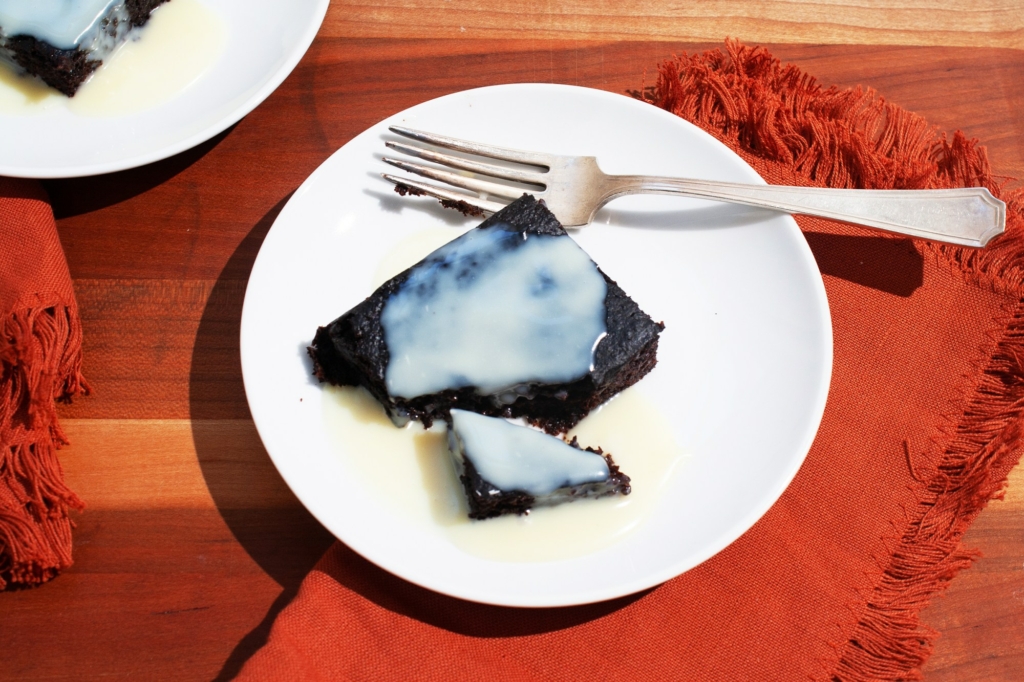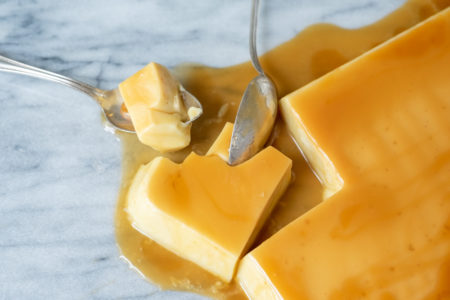Chocolate has consistently been one of the most popular flavors throughout the world, so it’s no wonder that cupuaçu (coo-poo-asoo), the close relative of the cacao plant, is gaining a lot of attention in culinary circles. Learn more about this Brazilian delicacy, how it tastes, and its many uses.
What Does Cupuaçu Taste Like?
Cupuaçu pulp is sweet and fruity with bright sourness and a hint of woodsy pine. Its taste is difficult to describe but is often compared to mango or pineapple with a bit of banana or melon. The pulp’s texture is soft and slightly slippery with each segment of pulp encasing a hard seed. The seeds are often fermented and roasted to make cupuaçu nibs (called cupulate) which have a nutty, earthy flavor similar to chocolate but with a pleasant kick of acidity.

Where to Buy Cupuaçu?
Cupuaçu is primarily grown in the Amazon region so it can be hard to source fresh outside of South America. But you can get the same taste and texture by using frozen cupuaçu pulp or puree. You can also buy cupuaçu in the form of cooking butter or nibs, though take note that these have a different flavor profile and set of uses. All these can be found in specialty stores online or Brazilian grocery stores.
Cooking with Cupuaçu

Cupuaçu’s sweet and tangy flavor can be seamlessly incorporated into a variety of sweets like custard, brigadeiros, and cakes. It adds instant brightness to creamy and rich desserts. You can adapt our chocolate beet cake recipe to make a chocolate cupuaçu cake or add a couple of tablespoons of pulp to classic cheesecake bars. You can also blend cupuaçu into smoothies, ice cream, and mousse.
If you happen to pick up some cupuaçu butter or cupuaçu nibs, you can use them in the same way you would cocoa butter and cacao nibs. cupuaçu nibs would make an amazing addition to our cocoa nib and coconut cookie bars while cupuaçu butter can be a great substitute for regular butter in sweet and savory dishes (just be sure you’re not using the cosmetic-grade butter).

Feature Image: Flickr user Ricardo Solar (Bob) ( CC BY-NC-SA 2.0 )



